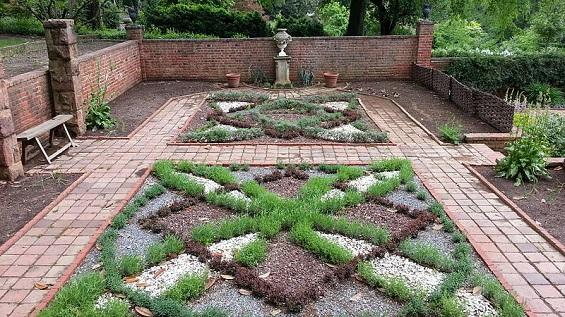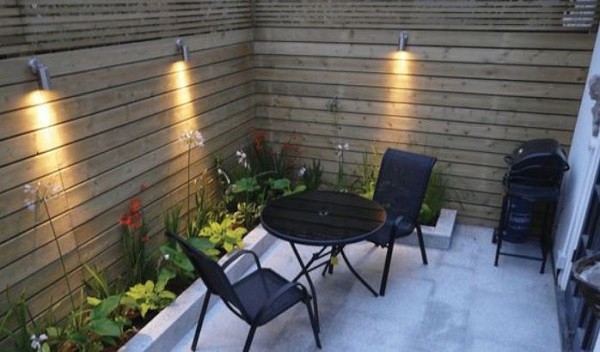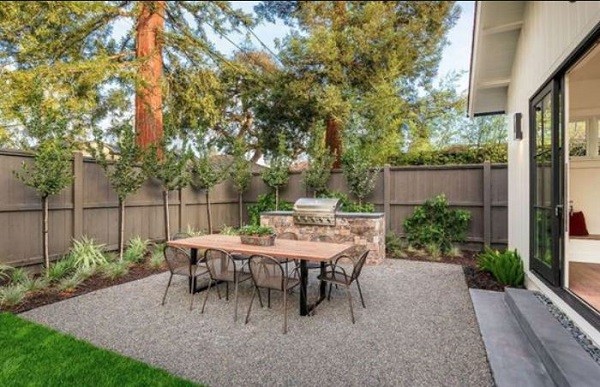Transforming a small yard into a captivating outdoor retreat might seem like a challenge, but with the artful design of a knot garden, you can infuse your space with elegance, structure, and a touch of history. Originating from formal Renaissance gardens, knot gardens are known for their intricate geometric patterns formed by carefully arranged low hedges and vibrant plants. Even in a limited space, you can embrace the beauty of symmetry and create a visually stunning knot garden that brings a sense of enchantment to your outdoor haven.

Creating a Knot Garden in a Small Yard
-
Choose the Right Location:
Begin by selecting the ideal spot for your knot garden. Opt for a sunny area that receives at least 6 hours of sunlight daily. This will ensure that the plants thrive and the patterns remain well-defined. If your yard has any existing focal points, like a statue or a central tree, consider designing the knot garden around them to enhance their prominence.
-
Designing the Pattern:
The hallmark of a knot garden is its intricate pattern. Due to space limitations, consider opting for a simplified version. Classic designs include squares, diamonds, and interlocking circles. Sketch out your chosen pattern on paper to visualize how it will fit in your small yard. Remember that the pattern will be best appreciated from an elevated viewpoint, so plan accordingly.
-
Select Plant Varieties:
Choosing the right plants is crucial for a successful knot garden. Opt for low-growing plants that can be easily trimmed to maintain the pattern’s crisp lines. Herbs like lavender, thyme, and rosemary are not only aromatic but also fit well with the formal nature of knot gardens. Low boxwoods or hedges can form the borders and pathways of the design. Choose plants with contrasting colors and textures to highlight the patterns.
-
Prepare the Soil:
Proper soil preparation is essential for healthy plant growth. Ensure that the soil is well-draining and enriched with compost. Test the soil’s pH and amend it if necessary to create the optimal growing conditions for your chosen plants. Adequate drainage will prevent waterlogging, which can be detrimental to the plants’ health.
-
Planting and Maintenance:
Plant your selected varieties according to the pattern you’ve designed. Start with the hedges that form the framework of the design, and then fill in the smaller sections with your chosen herbs and other ornamental plants. Regular pruning and trimming will be necessary to maintain the shape and definition of the pattern. It’s important to keep an eye on the growth rate of your plants to prevent them from overrunning the design.
-
Add Decorative Elements:
Enhance the charm of your knot garden by incorporating decorative elements like a central focal point, a decorative bench, or a small fountain. These additions can add personality and visual interest to your outdoor space, making it an even more inviting place to spend time.
We would also recommend this : Illuminating First Impressions: Creative Porch Lighting Ideas
Creating a knot garden in a small yard is a testament to the power of thoughtful design. With careful planning, plant selection, and diligent maintenance, you can craft a mesmerizing and symmetrical oasis that exudes elegance and character. This intricate garden style brings a touch of history and timeless beauty to your outdoor haven, proving that even the coziest spaces can hold boundless potential for creativity and natural wonder.





